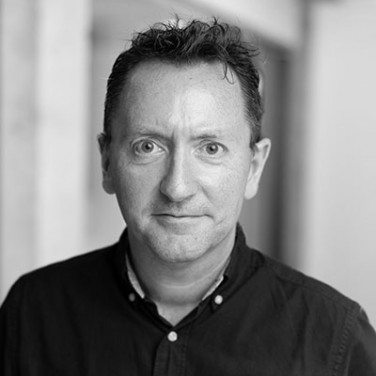Irish Green Building Council “Build Green Now 2025” Conference – Key Takeaways26 May 2025
On May 15th last I attended the Irish Green Building Council’s “Build Green Now 2025” conference which took place in the Round Room of the Mansion House. The theme of the conference was “Towards a Circular & Resource Efficient Construction Sector” which is quite a complex, nuanced subject and not as focussed and immediately quantifiable as embodied carbon or operational energy. The IGBC took on the challenge of this subject by providing quite a diverse range of speakers, from politicians to digital storytellers, and some very insightful discussion panels and overall I felt there was a good mix of voices and opinions aired.
3 of the most important topics for me were:
- Circularity and Resource Efficiency
- Embodied Ecological Impact
- Low Carbon Urban Design
Circularity and Material Resource Efficiency
I will always be biased towards practitioners presenting or speaking about relevant project experience. Therefore, a key highlight for me were discussions lead by John Casey of CORA Engineering who is one of the leading and project experienced voices in terms of re-use/re-purpose of structural materials. As structure commands such a large % of embodied carbon content within a building project it was both enlightening and inspiring to hear the challenges and victories experienced by CORA in local construction projects to date. You felt that, had John a bit more airtime, he could have related a few more inspiring stories of battles hard won.
Another important piece was from Karolina Backman Faulkner, Circular Design Specialist with 3XN, presented some international examples of Circularity in Design, in particular was the “Quay Quarter Tower” in Sydney. This was a retention of 65% the original structural frame of the AMP Tower along with 95% retention of its original core as part of its adaptive re-use as an office building. This was one of several projects presented which embodied the spirit of 3XN’s key strategies “Retain What Makes Sense”. However, it was interesting to note that 3XN, in a design situation where the insertion of additional material would allow for greater ease of recoverability, gave preference to the use of less material to minimise embodied carbon. This is in itself is a hot topic for debate but I guess that will be another conference.

Embodied Ecological Impact
This is a very broad topic and was covered at the conference by Kai Liebetanz of the UKGBC. He explained that the embodied ecological impact is the total environmental burden associated with all the materials and construction processes encompassing resource extraction, manufacturing, transportation, and assembly. To understand the extent of environmental burden associated with each material specified for a project seems like quite a challenging prospect to undertake but there is quite a growing body of knowledge available to aid design teams for projects. Whilst the answer to the audience question “How is this measured?” was a resounding “That’s an interesting question”, I think it is fair to say that you can’t go too wrong if you follow the rules of thumb given by Kai (1. Reuse existing buildings 2. Use less Stuff 3. Understand the provenance and impacts of the stuff you end up having to use.)
Low Carbon Urban Design
Philip Comerford presented his recent research work on strategies for low-carbon urban design. He posed an interesting question as to whether it was more appropriate to calculate carbon per building occupant rather than per m2 of construction and also spoke about the importance of also measuring the carbon impact of the urban system context of a project rather than just the building as an object alone. It was exciting to also see the hard work of my MCA colleague, Harish Ramasamy, who had conducted a comprehensive life-cycle analysis of a apartment complex on Cork Street as part of Philip’s research. It is refreshing to watch someone stand up and question the accepted embodied carbon per m2 of construction orthodoxy and I look forward to seeing further research on this topic.

Of course it is important to note that one of the main highlights of the day was when Pat Barry, IGBC CEO, kicked off procedures by launching “Building a Circular Ireland” the IGBC’s “Roadmap for a Resource Efficient Circular Built Environment”. This is a comprehensive “roadmap” which outlines strategies to shift Ireland's built environment towards a “resource-efficient circular economy”. This involves actions such as valuing existing buildings, planning efficiently, designing circularly, closing material loops, changing business models, and enabling the transition to address environmental challenges and decarbonisation. I would recommend a quick download and read after you finish this article:
https://www.igbc.ie/wp-content/uploads/2025/05/IGBC_building-circular-ireland_FINAL_25-05-14F.pdf

